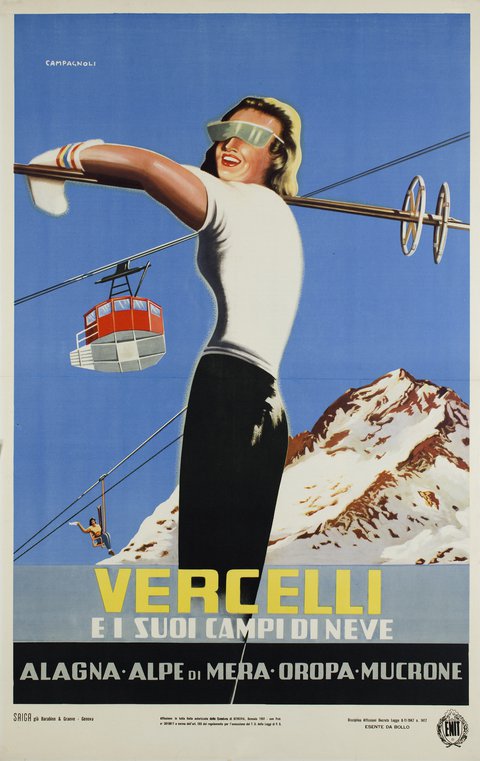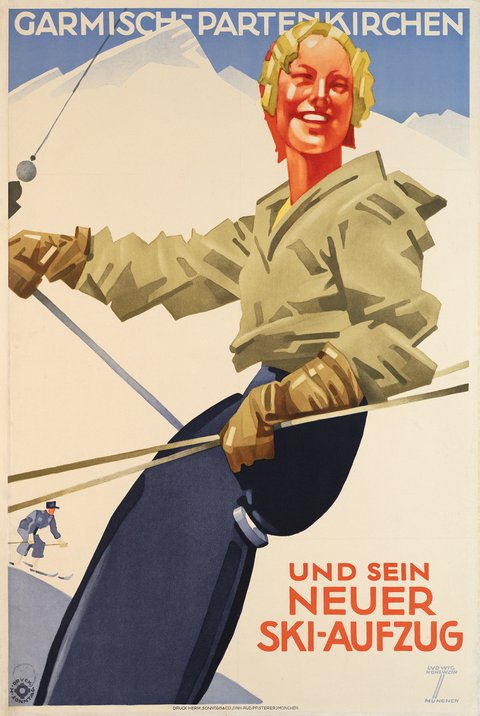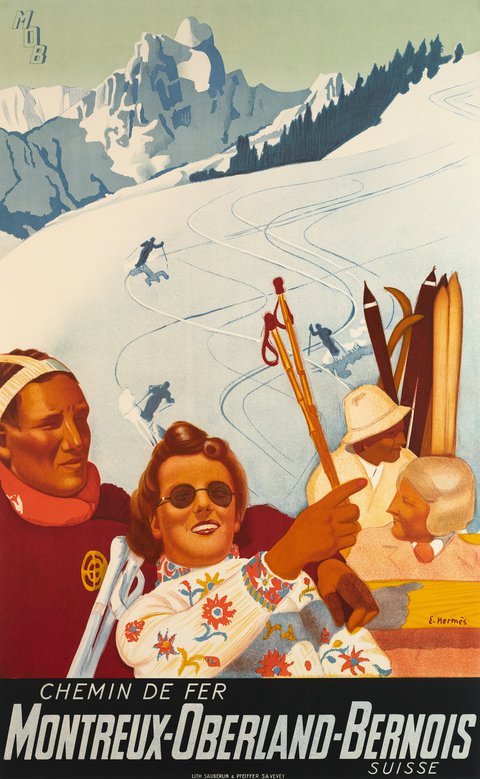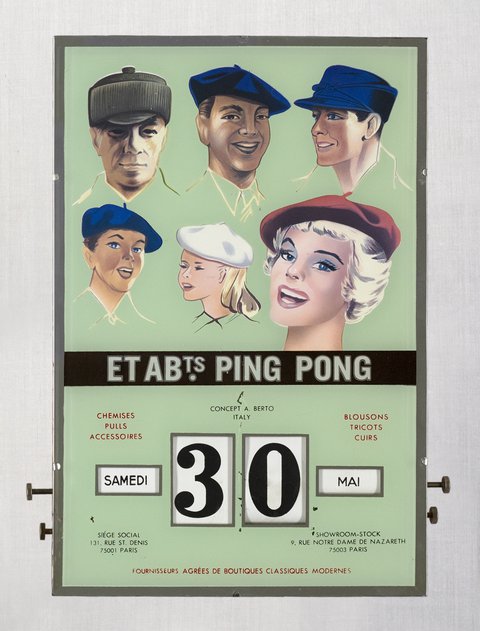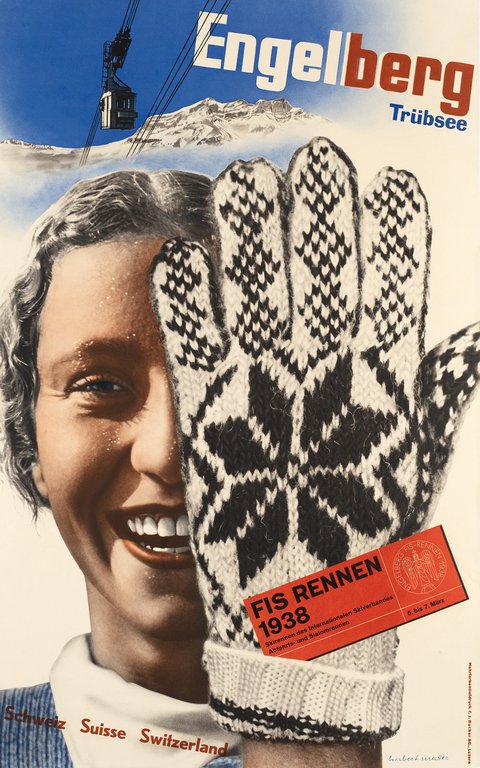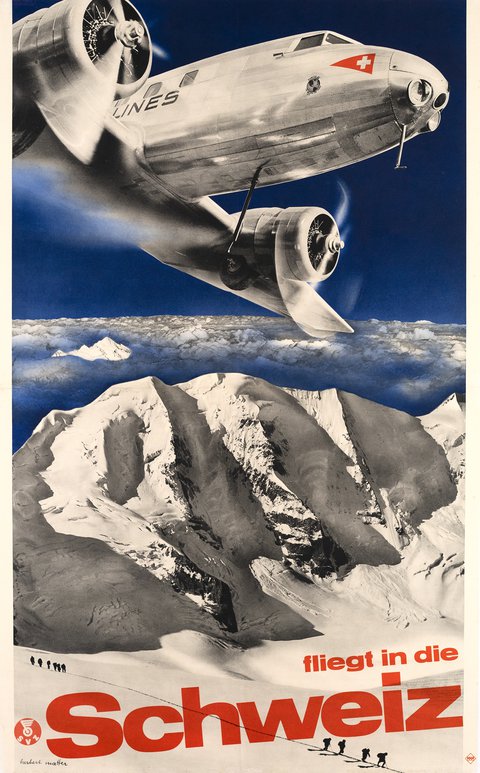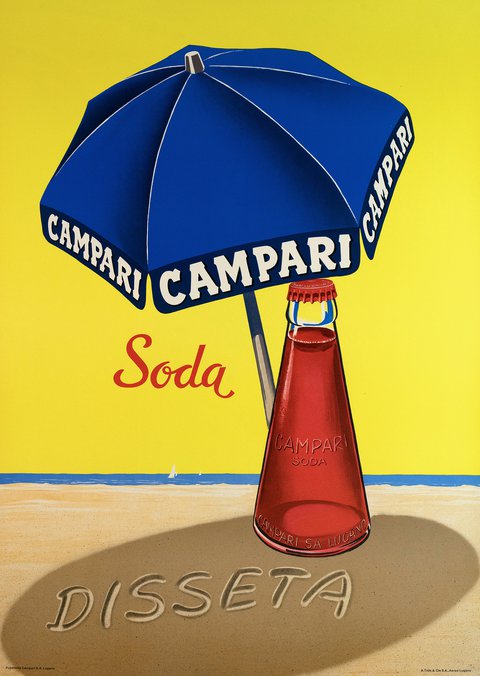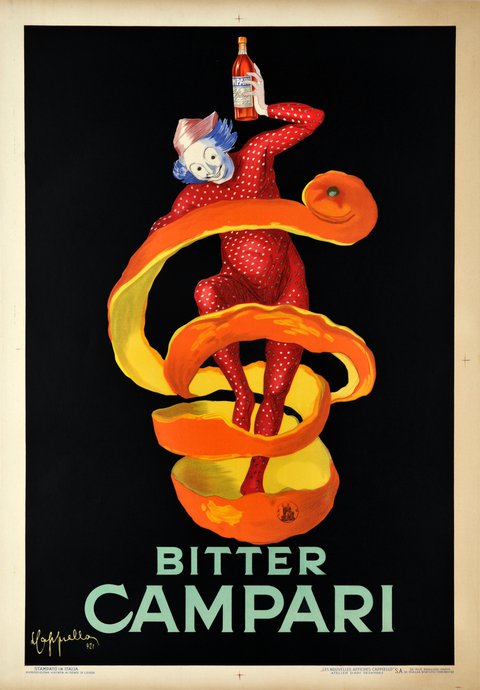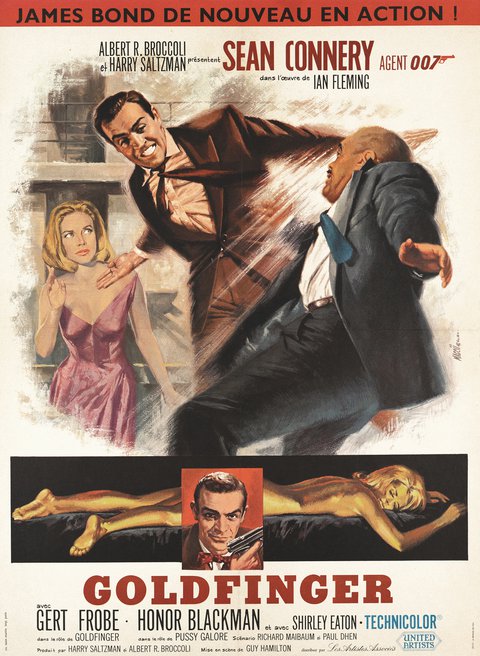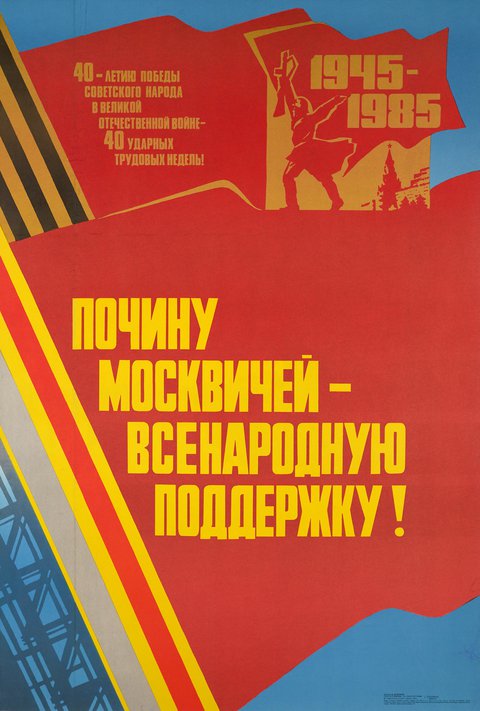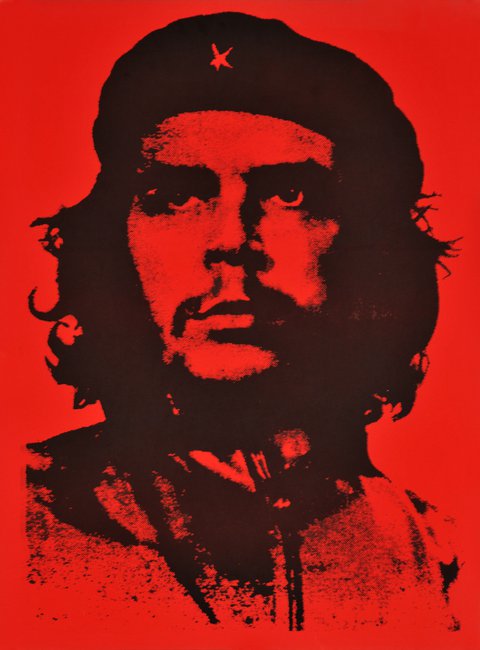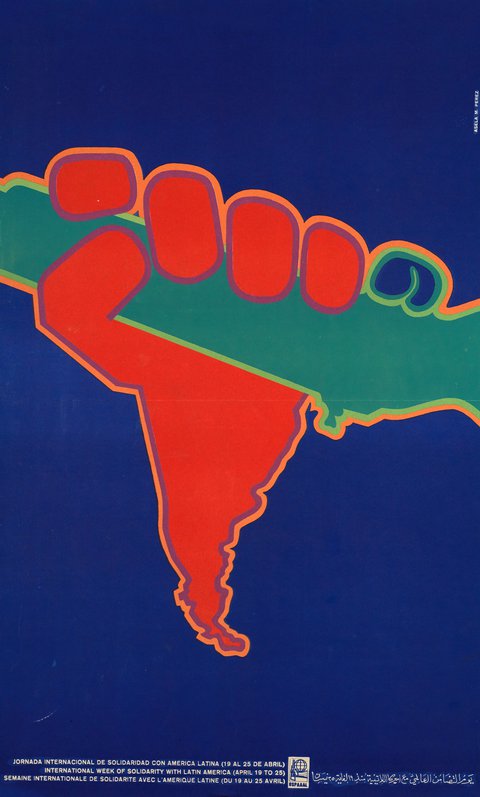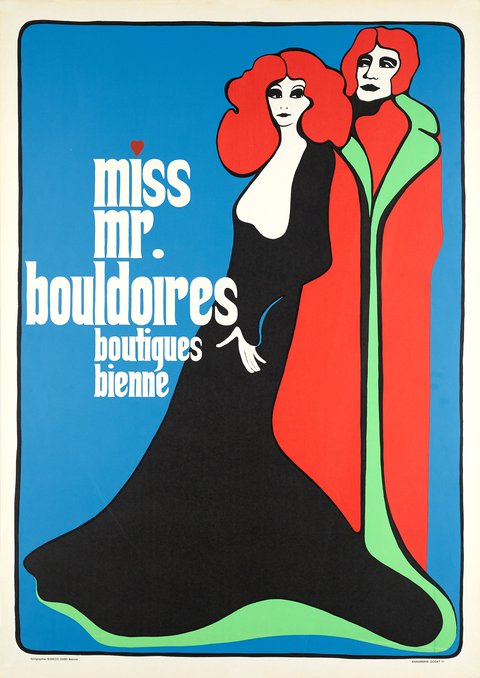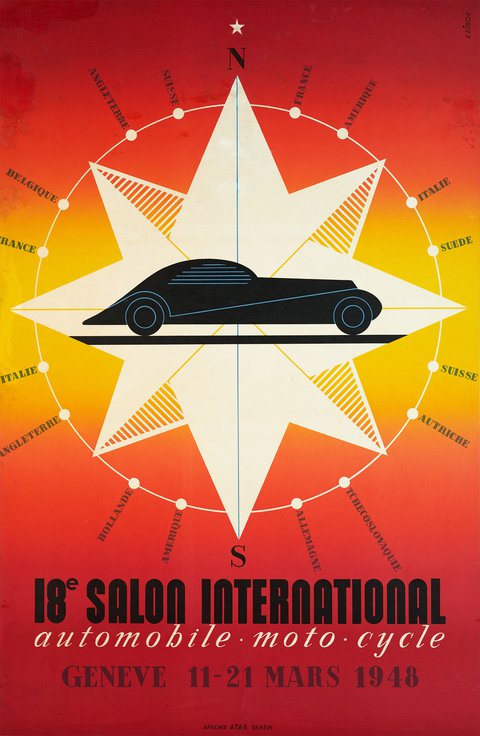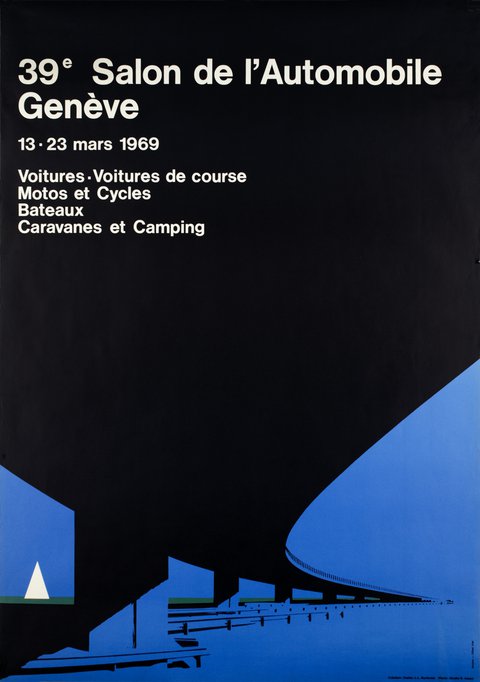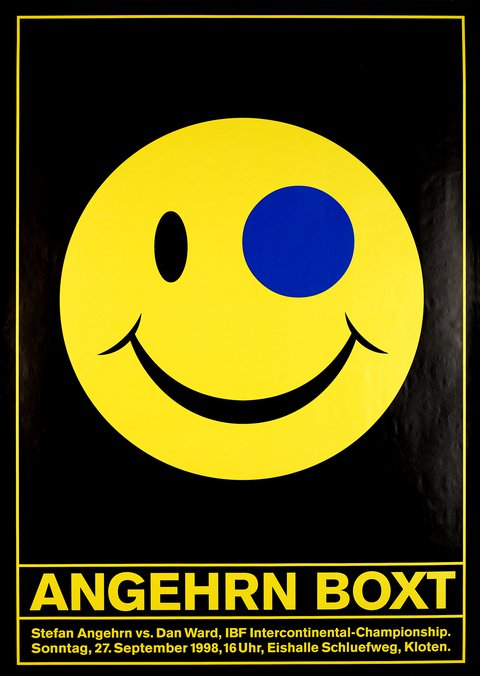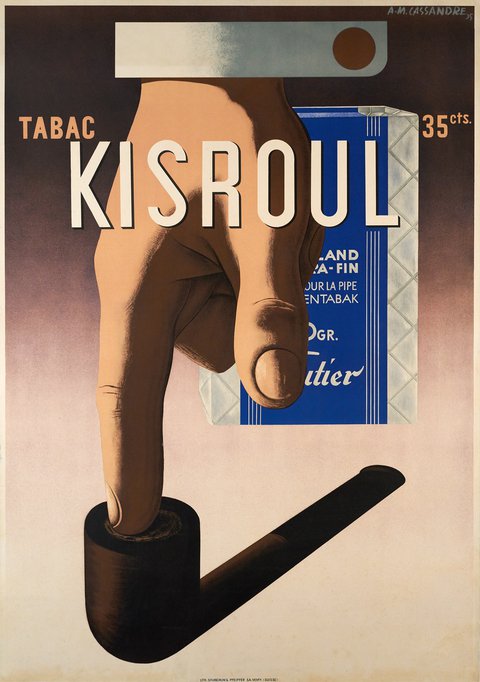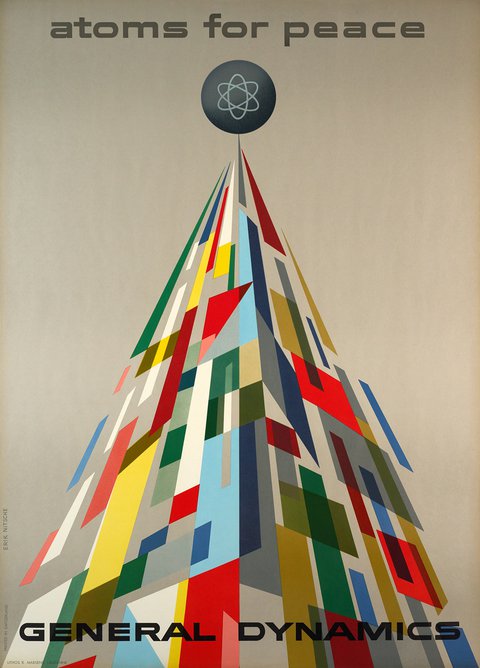On 10 October 1882, the Compagnie des Wagons-Lits launched an exceptional Paris-Vienna round trip in a luxury train called the "Train Éclair". Comprising four sleeping cars, a restaurant car and two bagage cars, the train linked the two capitals in 27 hours and 53 minutes. It was the first time the company had chartered its own train.
Following the success of this line, Georges Nagelmackers had the idea of extending the route to Constantinople, capital of the Ottoman Empire.
On 5 June 1883, a first train left Paris bound for Constantinople (over 3'000 kilometres). For the first time in history, a rail convoy crossed the whole of Europe to link these two capitals.
Tickets were priced at 700 francs-or, making them accessible only to a wealthy clientele.
Inaugural menu on 4 October 1883: oysters, turbot with green sauce, chicken with chasseur sauce, venison "chaud-froid", chocolate cake, dessert buffet.
After five days in Constantinople, the passengers returned to Paris, arriving at 6am on 16 October 1883. The four-day journey was considerably faster than the two-week journey by ship from Marseille to the capital of the Ottoman Empire.
The completion of the last section of the line on 1 June 1889 meant that the entire journey from Paris to Constantinople could be made by train.
In 1891, the "Express d'Orient" was officially renamed the "Orient Express" and became the most famous train in the world.
The 3'094 km journey takes 65 hours and is not yet direct. The convoy leaves Paris at 7.30pm for Giurgiu in Romania, via Strasbourg, Munich, Vienna, Budapest and Bucharest. In Romania, passengers take a ferry across the Danube. Arriving in Bulgaria, a train brings them to Varna on the Black Sea, where they board the Espero, a steamship that will take them to Constantinople after about fifteen hours.
The first luxury cars produced by the company were made from teak wood, renowned for its durability. Heating, lighting and ventilation used the most modern technologies of the time. Lighting was first provided by gas, before electricity was introduced at the end of the 1880s using a dynamo system.





















































